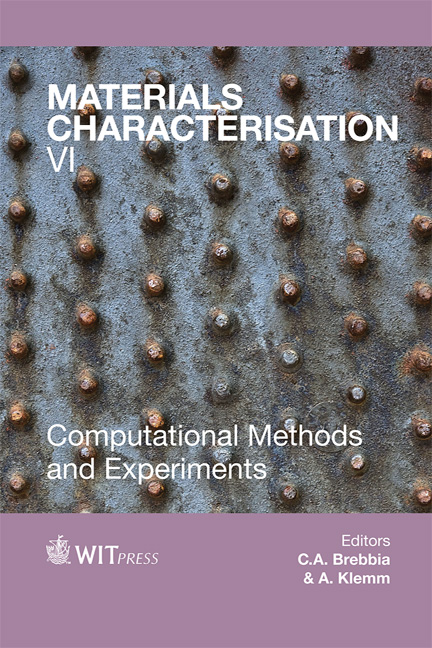Statistical Structure-to-property Relationships For Fuel Cell Materials
Price
Free (open access)
Transaction
Volume
77
Pages
10
Page Range
77 - 86
Published
2013
Size
1,611 kb
Paper DOI
10.2495/MC130071
Copyright
WIT Press
Author(s)
K. Artyushkova, A. Patel, P. Atanassov, V. Colbow, M. Dutta, D. Harvey & S. Wessel
Abstract
Development and optimization of components for fuel cells is hindered by the complex nature of the materials, a partial understanding of the reaction mechanisms and precise chemistry of active site or sites and relationship between performance and morphological properties such as size of particles, surface area, roughness, porosity, etc. XPS is one of the most widely utilized surface spectroscopic techniques for the analysis of material structure. Surface morphology is one of the most important factors affecting functional performance of fuel cell components. Correlation of structure, morphology and performance of Pt catalysts within MEA subjected to different accelerated test protocols (AST) is achieved through the application of principal component analysis (PCA) to curve-fits of high-resolution XPS spectra combined with morphological parameters extracted from SEM images and results of electrochemical measurements. Keywords: structure-to-property correlation, X-ray photoelectron spectroscopy, SEM, morphology, digital image processing, durability, fuel cells, electrocatalysts, principal component analysis.
Keywords
structure-to-property correlation, X-ray photoelectron spectroscopy, SEM, morphology, digital image processing, durability, fuel cells, electrocatalysts, principal component analysis





